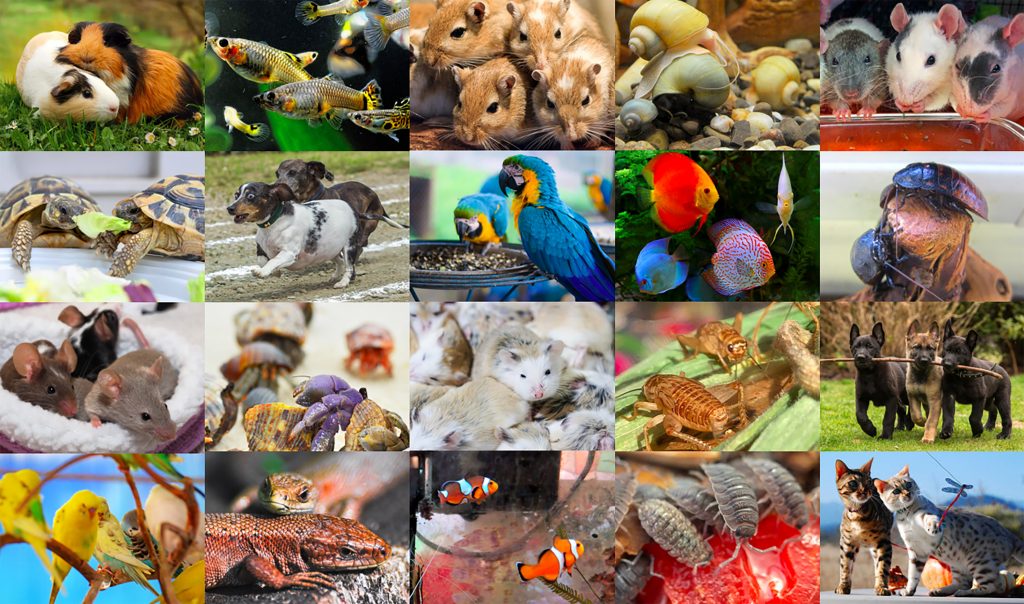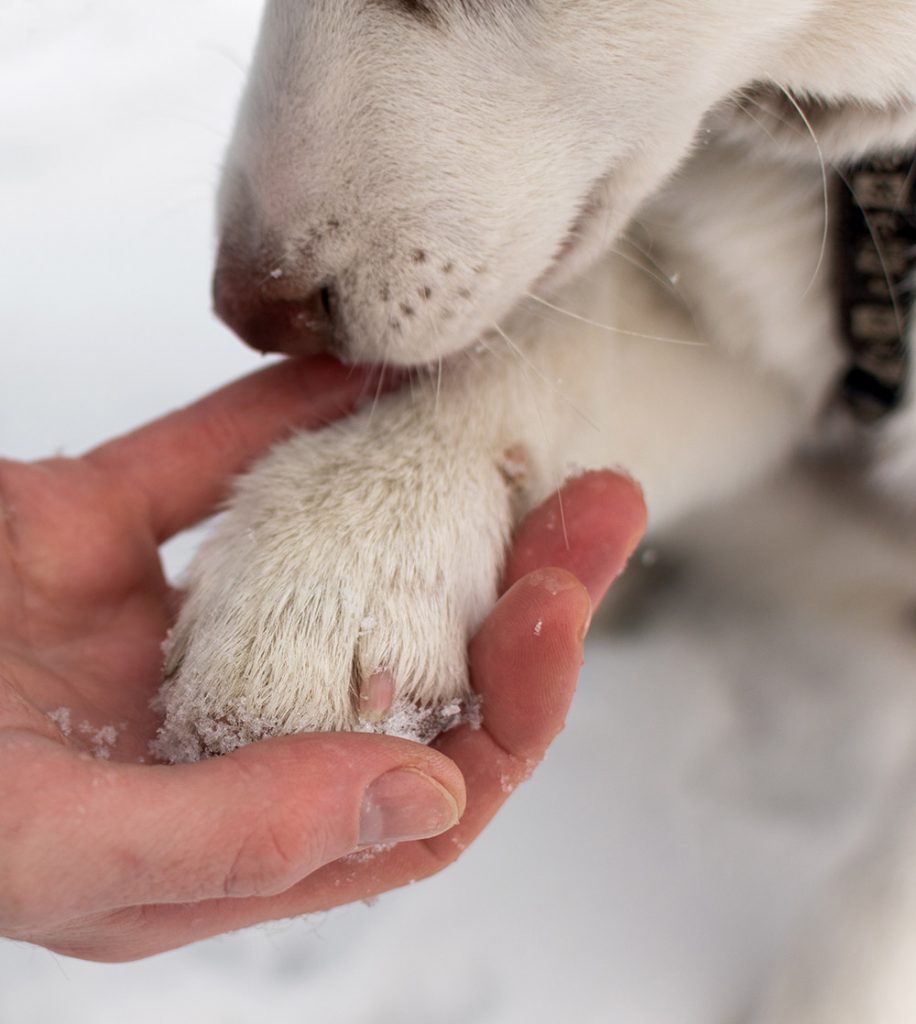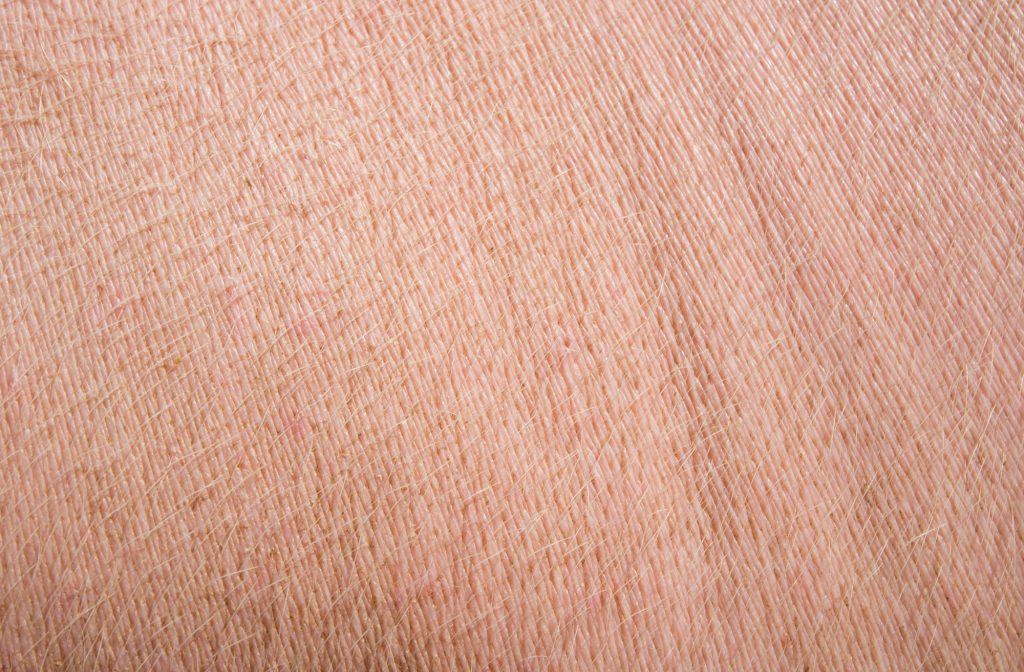
Pedigrees Tracking generations of artificial selection


Pedigree Objectives
-
Describe the basic tenants of animal care, including addressing limited resources and continual threats.
-
Provide examples of parental care in animals, including minimal intervention to long-term support.
-
Diagram the pedigrees for various animal crosses, including genotypes and phenotypes of parents and offspring.
Animal Care
Fitness refers to an organism surviving and reproducing. The fitness of wild animals is impacted by two groups of factors:
Limited Resources
-
Food/water
-
Territory
-
Potential mates
Continual Threats
-
Parasites
-
Predators
-
Environmental Change
Animal husbandry (care and breeding) attempts to maximize resources and remove potential threats.
Food & Water
Territory (space)
Potential Mates
Reduce Parasites
Remove Predators
Control Climate
Effective animal care requires continual observation and assessment of conditions.


Often adjustments are made as an animal advances through life stages, whether it is early development or advanced aging.
Caretakers themselves also experience changing conditions and need to assess motivation, time, and resources. Some species can live many years and need more than one generation of caretakers.

In many cases, having two or more of an animal reduces the amount of care required, as the animals can interact with each other rather than depending on a caretaker for social interactions.

Typically adequate care is more likely when an animal is positively responsive. Cats purr, knead, and make gestures that elicit and reinforce human behaviors.
Animal care of mammals is often a higher quality than care of other vertebrates.
Let’s look at the care of animals that often elicit negative responses: snakes.
In the two photos below, both species of reptiles are alert and grouped together. Do you find one group more appealing than the other? It probably is not a surprise that most people rank lizards as “cuter” than snakes. This appeal (or lack of) can impact care.
The majority of pet snakes are kept in containers in which they can not fully stretch out their bodies or exercise muscles; conditions that people would generally find unacceptable for mammals or even other reptiles.
Some snake owners set up elaborate vivariums, living habitats snakes can roam. However, snakes are frequently kept in conditions with limited resources and potential threats like inadequate heating or veterinary care.
Snake food in captivity is also often limited, in part due to the costs and difficulty in acquiring and storing sufficient amounts of live prey. This snake is “mouth gaping,” which may be a stretch in preparation to engulf food, but may also be a yawn.
Some snake species are social, but they are often kept individually as pets. This reduces cost, but may also increase stress and decrease life expectancy.
You may not keep pet snakes, but you find shed skins along rocky trails.
In some cases, animal care requires monitoring a population of animals over generations.
Dubia roaches are popular as a food source for medium sized pet reptiles.
Flour beetles raised as food for small carnivores.
Animals often require different foods at different life stages. Changes can be dramatic, essential (required) dietary nutrients can shift over time.
Hornworm larvae are sold as food for larger reptiles, but can also be raised on their own through their pupal and adult stages.
Some foods, like hornworm larvae food, have to be prepared fresh on a regular basis.
When taking care of animals, consider:
This might not be the most important moment in your day,
but it may be the most important moment in the animal’s day.
Start this Guide’s second journal assignment here
Journal Page #6: Animal Care Plan
Select an animal you would potentially take care of over an extended period of time. This could be livestock, a companion animal, a wild population you are assisting, or a wild animal that is being rehabilitated.
Develop a long-term care plan for the animal, it can be in bulleted checklist or paragraph form.
Include in your plan:
-
How you will address potentially limited resources like food, water, and housing.
-
How you will address continued threats like diseases or potential predators (if any).
-
Whether care will need to be adjusted for different life stages, for example, an aging animal.
-
How you will stay consistent with care over time as your life changes.

Animal Parental Care

Many animal species have limited parental care. Guppies give live birth, and parents may eat their own fry if hey do not swim away fast enough.

By contrast, some species of mouth-brooding cichlids incubate fertilized eggs in their mouths for protection. Parents do not feed at this time, and can starve, but a large number of their offspring survive.
In an evolutionary sense, the name of the game is passing on alleles to the next generation. Eating some fry to survive and produce more fry may enable the parent guppies to pass on more alleles. Protecting their eggs and fry in their mouths may enable the cichlids to pass on their own alleles.
These are not decisions, these are genetically programmed behaviors that have survived and been passed on.
Let’s take another look at parental care by pigs and boars.
Eurasian Wild Boars
(Sus scrofa)
The ancestors of domestic pigs
There are approximately one billion domesticated pigs on earth today, as well as their ancestral species, the wild boar.
Female pigs (sows) dig a nest, called a farrow, in the ground right before giving birth. The nesting behavior has been linked to a specific gene that increasing specific behaviors including clawing the ground and collecting grasses to line the nest.


Piglets have a complex suckling behavior and nurse about every hour for four weeks, decreasing feeding frequency until they are weaned at four months.
Pigs are even-toed ungulates with a large head and long snout that is supported by a special bone and round disc of firm cartilage at the tip. Pigs use their strong sense of smell to locate food. In European countries, pigs are used to find truffles.


Pigs are omnivores and can eat a wide range of foods, making them relatively easy to raise. This flexible diet has also enabled feral pigs to invade habitats, including remote areas like the Hawaiian Islands.
Pigs are largely raised as a source of meat (pork), as a source of skin (leather), and for their hair (brush bristles).
Artificial selection has produced a variety of pig breeds with diverse sizes, shapes, colors, and behaviors.
Pigs are genetically similar to humans and are used as research organisms. Their skin is structured like human skin, and used to test products and medical treatments.
Researchers using new gene editing technologies have spiced human genes into pig chromosomes, producing pig embryos with human cells. At some point pigs may grow human organs that would be a source for transplants (xenotransplantation).

Pedigrees

Humans started domesticating pigs, cows, and horses thousands of years ago. Breeds, like the Arabian horses, are carefully selected and bred to maintain specific characteristics. These characteristics can be tracked with a pedigree analysis.
A pedigree visually represents individual organisms in a family. Pedigrees are used to study traits in horses, dogs, rats, pigs, and even humans.

Mark demonstrates the power of pedigree analysis in understanding inheritance within a family (of rats).
Now, the pedigrees chart is linked back to a different visualization: the Punnett Squares introduced in a previous guide.
Pedigrees and Punnett squares are visualization tools that enable us to keep track of genotypes and phenotypes from one generation to the next.
This is the end of the Development Guide content. After you check your knowledge over the material, proceed to the product page.

Check your knowledge. Can you:
-
describe the basic tenants of animal care, including addressing limited resources and continual threats?
-
provide examples of parental care in animals, including minimal intervention to long-term support?
-
diagram the pedigrees for various animal crosses, including genotypes and phenotypes of parents and offspring?



